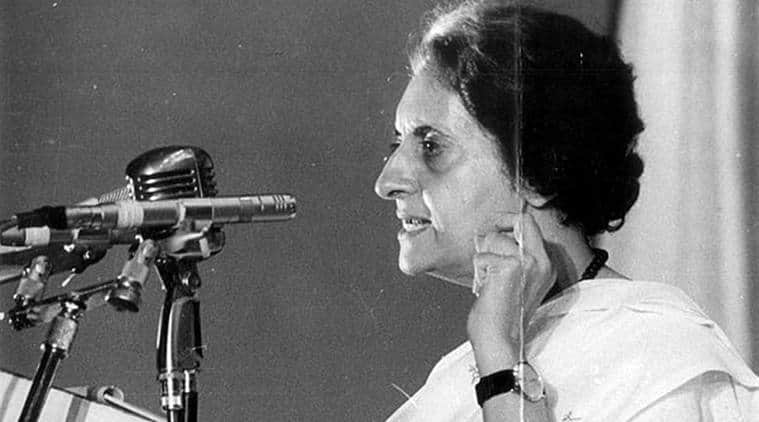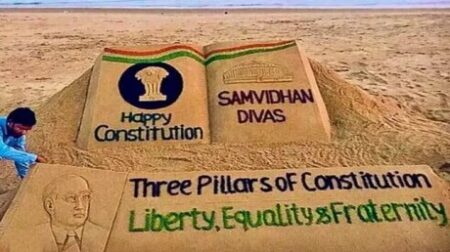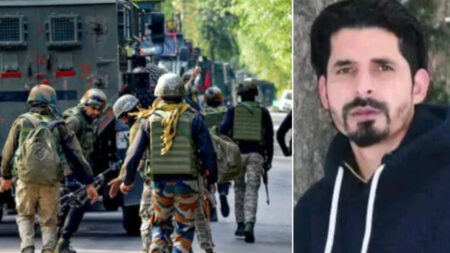The emergency declared by Mrs. Indira Gandhi was not the 1st emergency the country has faced. The country has been in a state of emergency two times in the past. The first emergency was declared in 1962, during the Indo-China war, and the second one in 1971, during the Indo- Pakistan war.
What is an Emergency?
Article 352 of the Indian Constitution says that a national emergency can be declared by the President of India if the security of the country is in danger and is threatened either by war, internal disturbances, or external aggression.
There are three types of emergencies
National emergency- This emergency is declared due to internal disturbances or external aggressions.
State emergency- This emergency is also known as Presidential rule, it is declared due to the failure of constitutional machinery in states.
Financial emergency- This emergency is declared when the country faces a financial crisis.
National Emergency of 1975
On the midnight of 25th June 1975, a national emergency was declared in the country. The emergency was declared after a long meeting between Prime Minister Indira Gandhi and President Fakaruddin Ali Ahmed, this went down as one of the darkest periods in Indian history. The emergency remained in effect from 25th June 1975 to 21st March 1977.

After the President of India gave the green signal for emergency, the government cut down the power supplies of all media houses and newspapers, so that no one writes a word against it. The next morning, Mrs. Gandhi announced the decision of emergency on All India Radio. As soon as the emergency got declared Mrs. Gandhi launched a massive crackdown against anti congress leaders and the likes of Jay Prakash Narayan, Morarji Desai, Atal Bihari Vajpayee, and Lal Krishna Advani, and George Fernandes got arrested. Democracy was killed and the younger son of Indira Gandhi Mr. Sanjay Gandhi became the de facto ruler of the country for the next few months.
Organizations like Rashtriya Saweng Sevak (RSS) played a key role during the emergency, the leaders of RSS ran an underground movement during the emergency and it became a headache for the Prime Minister, the RSS played this role despite the fact they got banned on 4th July 1975.
How was the press affected?
After the emergency was declared fundamental rights like freedom of speech got suspended and the offices of different newspapers got raided for the next two days and newspapers went out of circulation. At that time the Indira government made some guidelines and the press was told to follow those guidelines, the newspapers were asked to take permission from the Chief Press Advisor before they publish anything. The media was also ordered not to pay attention to rumors. Most of the major newspapers and magazines were under the surveillance of the government. The Indian Express and The Statesman were the 1st newspapers to raise their voice against the emergency. As a protest, The Express and The Statesman published their papers keeping the editorial blank. This move was soon followed by other daily events.
Many journalists who pointed fingers at the government were arrested and put behind bars. BG. Verghese the then editor of the Hindustan Times visited his office past midnight to bring out the late city edition of 26th June 1975, with the news of the declaration of emergency and the unlawful arrest that happened throughout the country. Verghese paid the price of publishing this news and he was arrested, as well as dismissed as an editor of Hindustan Times.
Why Indira Gandhi declared national emergency?
In March 1974 a student movement started in Bihar under the leadership of Jay Prakash Narayan a 71 years old freedom fighter. The movement started due to the failure of the state government to stop corruption, misrule, and lack of jobs in the state. Later the movement turned against the central government. Initially, the movement was known as the Bihar movement but the entry of Jay Prakash Narayan gave the movement a boost, and then it came to be known as the JP movement.
In June 1974, JP led a large protest through the streets of Patna which called for a total revolution. JP urged the students to put pressure on the existing members of the Bihar assembly, to be able to pull down the Congress Government. Later, the movement not only remained limited to Bihar but spread to maximum parts of the country. JP toured large parts of North India and gathered support for his movement from many students, traders, and some sections of intellectuals.
Opposition parties saw a golden chance in this movement to raise a fight against Indira Gandhi, JP too realized the value of these parties to fight Gandhi effectively. The JP movement became more strong with time, and Gandhi denounced the movement as being extra-parliamentary and she challenged JP to fight against her in the 1976 general elections.
In another development, Raj Narain a socialist leader, who contested against Indira Gandhi in the 1971 general elections filed a petition in Allahabad High Court, accusing the Prime Minister of using government machinery in the elections. On 12 June 1975, Justice Jagmohan Lal Sinha gave the judgment which proved Raj Narain’s accusations true and Indira Gandhi was asked to resign as well as she was barred from contesting elections for six years. The court gave Congress 20 days to find a replacement for Prime Minister
After this development, the JP movement became more powerful and a nationwide satyagraha was launched by JP to remove the Prime Minister from office.
The government responded to these incidents by declaring an emergency. But it was said by Indira Gandhi that the emergency was declared to curb internal disturbances.













